Peanut butter is a creamy or chunky spread made primarily from ground dry-roasted peanuts. It is a popular food product enjoyed worldwide and commonly used in sandwiches, snacks, desserts, smoothies, and sauces.

Ratings 05
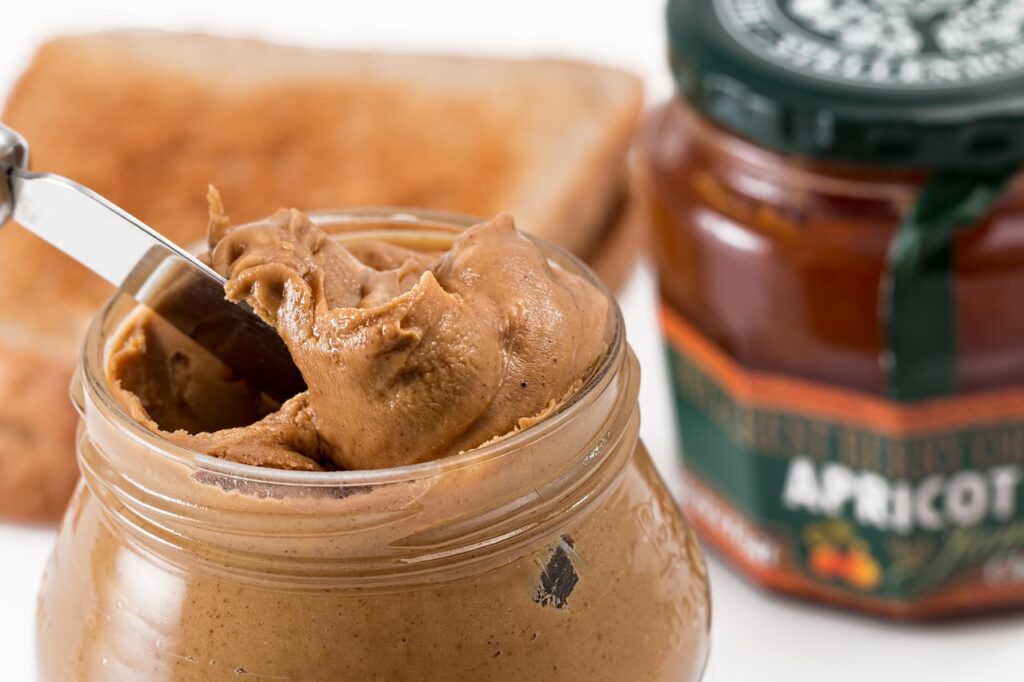
What Is Peanut Butter?
Peanut butter is a creamy or chunky spread made primarily from ground dry-roasted peanuts. It is a popular food product enjoyed worldwide and commonly used in sandwiches, snacks, desserts, smoothies, and sauces.
01. Basic Characteristics:
- Texture: Smooth (creamy) or coarse (crunchy)
- Color: Light brown
- Taste: Nutty, slightly sweet, and salty, depending on added ingredients
02. Common Uses:
- Spread on bread, toast, or crackers
- Mixed into smoothies or oatmeal
- Used in baking (e.g., cookies, brownies)
- Ingredients for savory recipes including such as satay or Thai peanut sauce
03. Types Of Peanut Butter:
- Natural Peanut Butter – Made with just peanuts (and sometimes salt); may separate over time.
- Commercial Peanut Butter – Often includes added sugar, hydrogenated oils, and stabilizers.
- Crunchy or Chunky – Contains small bits of peanuts.
- Creamy or Smooth – Fully blended for a smooth texture.
Fun Fact:
Peanut butter was first popularized in the United States in the early 20th century and remains a staple in many American households.
Health Benefits Of Peanut Butter
Peanut butter, especially the natural kind made with just peanuts, is not only delicious but also offers a variety of health benefits when eaten in moderation.
01. High In Protein
- A 2-tablespoon fraction does have approximately 7–8 grams of protein.
- Supports muscle growth and tissue repair.
02. Heart-Healthy Fats
Rich in monounsaturated and polyunsaturated fats, which can help:
- Lower “bad” LDL cholesterol
- Raise “good” HDL cholesterol
- Reduce the risk of heart disease
03. Nutrient-Dense
Peanut butter is a good source of:
- Vitamin E – an antioxidant that protects cells
- Magnesium – supports nerve and muscle function
- Niacin (Vitamin B3) – important for metabolism
- Phosphorus helps build strong bones and teeth
- Potassium supports blood pressure control
04. Satiety And Weight Management
- The protein and fiber help you feel full longer, which can reduce overall calorie intake.
- It may help with weight maintenance when included in a balanced diet.
05. Antioxidant Properties
Contains resveratrol and p-coumaric acid, which are antioxidants that may:
- Reduce inflammation
- Support overall health and longevity
06. Energy Boost
The combination of healthy fats, protein, and carbs offers a quick and sustained energy source, great for snacks or pre-workout meals.
07. Note Of Caution:
- Moderation is key: Peanut butter is calorie-dense.
- Eschew added sugar and hydrogenated oils, which are frequent in many commercial brands.
- Not safe for those with peanut allergies.
Other Names Of The Peanut Butter
While “peanut butter” is the most common name, especially in English-speaking countries, it goes by other names in different regions, languages, or culinary contexts. Here are some alternatives and local variations:
01. International / Regional Names
| Name | Used In / Notes |
| Groundnut paste | Common in parts of Africa (e.g., Nigeria, Ghana) |
| Arachide paste | French-speaking African countries |
| Crema de maní | Spanish-speaking countries (e.g., Argentina, Chile) |
| Mantequilla de maní | Central America, Mexico |
| Pindakaas | Netherlands (literally “peanut cheese”) |
| Beurre de cacahuète | France and Francophone countries |
| Pindjur or peanut spread | Balkan regions (varies slightly from standard PB) |
| Maní molido | Spanish (ground peanuts, not always butter) |
02. Culinary Variants / Related Terms:
- Nut butter – General term for spreads made from nuts (including almond, cashew, etc.)
- In Australia and New Zealand, peanut paste has been every once in a while used occasionally, especially in industrial settings.
- Peanut cream – Occasionally used to describe sweeter or processed versions
Tips For Making Peanut Butter
Tips for Making Peanut Butter
Making peanut butter at home is simple, but these tips will help you get the best flavor, texture, and shelf life from your homemade batch:
01. Use Fresh, Roasted Peanuts
- Dry-roasted, unsalted peanuts work best.
- Roast your own for a deeper flavor—10 minutes at 180°C (350°F) until golden.
02. Blend Long Enough
- It takes time! The peanuts go from crumbs → paste → creamy butter.
- Be patient — it may take 3–5 minutes of blending.
- Use a high-speed food processor or blender for best results.
03. Add Ingredients Slowly
- Add salt, honey, or oil only after the peanuts begin to release their oils.
- Start with 1/4 teaspoon of salt or 1 teaspoon of honey, then adjust to taste.
04. Use Oil Only If Needed
- Natural peanut butter usually doesn’t need oil.
- If it’s too dry, add 1 tsp peanut or vegetable oil at a time for smoothness.
05. For Crunchy Style
- Reserve 2–3 tablespoons of chopped peanuts.
- Stir them into the finished smooth butter for that crunchy texture.
06. Store Properly
- Keep in an airtight jar.
- Refrigerate for longer shelf life (up to 3 months).
- Stir before each use if oil separates.
07. Get Creative
- Add cocoa powder for a chocolate peanut butter flavor.
- Use cinnamon, vanilla, or even a pinch of chili for fun variations.
FAQ – Peanut Butter
Here are some frequently asked questions about peanut butter, covering its nutrition, safety, storage, and more:
01. Is Peanut Butter Healthy?
Yes, in moderation. Peanut butter is rich in healthy fats, protein, fiber, and essential nutrients like vitamin E, magnesium, and niacin. Choose natural versions without added sugars or hydrogenated oils for the healthiest option.
02. Can Peanut Butter Help With Weight Loss?
Yes — it can aid in weight loss when eaten in small portions. The protein and fiber help you feel full, reducing overall calorie intake. But it’s calorie-dense, so don’t overeat.
03. Is Peanut Butter Good For Muscle Building?
Absolutely. It’s indeed outstanding for energy, and it’s about muscle repair since it includes healthy fats, 7–8 grams of protein per 2 tablespoons.
04. Can Peanut Butter Be Consumed By Those Who Are Allergic To Peanuts?
No. People with peanut allergies should avoid it completely, as even small amounts can cause severe allergic reactions.
05. How Well Does Advertising Peanut Butter Differ From Natural Peanut Butter?
A:
- Natural peanut butter: Usually contains just peanuts (and maybe salt), with no additives.
- Commercial peanut butter: Often includes sugar, hydrogenated oils, and stabilizers for taste and texture.
06. Does Peanut Butter Need To Be Refrigerated?
A:
- Natural peanut butter: Yes, to prevent oil separation and extend shelf life.
- Commercial peanut butter: Not required, but refrigeration is still okay.
07. Can I Eat Peanut Butter Every Day?
Yes — 1–2 tablespoons daily is generally safe for most people and can be part of a balanced diet.
08. What Are Some Alternatives To Peanut Butter?
If you have allergies or want variety, try:
- Almond butter
- Cashew butter
- Sunflower seed butter (nut-free)
- Soy nut butter (nut-free)
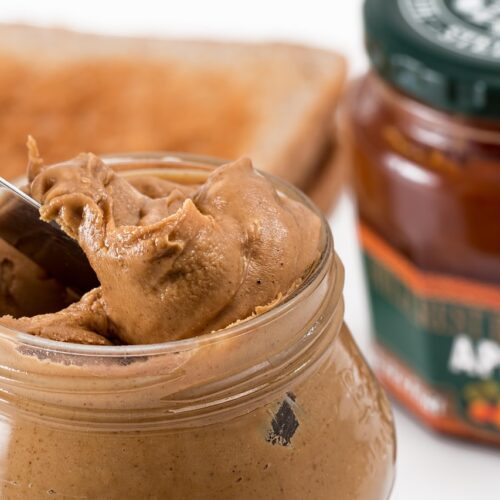
Peanut Butter
Ingredients
- 2 cups roasted peanuts (unsalted)
- ½ tsp salt (optional)
- 1–2 tsp honey or maple syrup (optional, for sweetness)
- 1–2 tsp peanut oil or neutral oil (optional, for creaminess)
Instructions
Prepare Peanuts
- If your peanuts are not already roasted, roast them in an oven at 180°C (350°F) for 10 minutes until golden and fragrant. Let cool slightly.
Blend The Peanuts
- Add the roasted peanuts to a food processor or high-speed blender.
Process Until Creamy
- First 30 seconds: Peanuts become crumbs.
- 1–2 minutes: Mixture thickens into a ball.
- 2–4 minutes: Peanut butter becomes creamy and spreadable.(Scrape down the sides occasionally.)
Add Optional Ingredients
- For sweetness: Add honey or maple syrup.
- For saltiness: Add salt to taste.
- For extra smoothness: Add a little oil, 1 teaspoon at a time.
Blend Again
- Continue blending until you reach the desired consistency.
Store
- Transfer to a clean, airtight jar.
- Refrigerate for up to 3 months (if natural).
- Stir before each use if oil separation occurs.
Notes
- For crunchy peanut butter, add extra chopped peanuts at the end and pulse briefly.
- Use unsalted, dry-roasted peanuts for best flavor control.
-
BBQ Pork
Authentic Pork BBQ recipe with soy sauce, garlic, and ketchup marinade. Perfect for grilling, picnics, and family gatherings. Ratings 05 What Is the BBQ Pork? This same popular grilled dish is recognized as “pork barbecue” until it becomes made from marinated pork that is generally skewered on sticks and cooked over hot charcoal or an…
-
Ravioli
Learn how to make homemade ravioli with fresh pasta dough and delicious fillings like ricotta and spinach. Includes ingredients, step-by-step instructions, health benefits, tips, and FAQs. Ratings 05 What Is The Ravioli Ravioli is a traditional Italian stuffed pasta that’s popular worldwide. It is formed by interspersing a stuffing of cheese, meat, or vegetables between…
-
Tofu
Tofu recipe guide: ingredients, cooking instructions, health benefits, tips, and FAQs. Perfect vegetarian protein for healthy meals. Ratings 05 What Is The Tofu Tofu is a plant-based protein made from soybeans. It’s created by curdling fresh soy milk, pressing the curds into a solid block, and cooling it — a process similar to cheesemaking. Tofu…
-
Spaghetti
Spaghetti recipe with ingredients, step-by-step cooking instructions, health benefits, tips, and FAQs to make perfect Italian pasta at home. Ratings 05 What Is The Spaghetti? Spaghetti is a long, thin, cylindrical pasta that originated in Italy and is one of the most popular types of pasta in the world. 01. Common Spaghetti Dishes: This is…
-
Ramen
Easy homemade ramen recipe with step-by-step instructions, health benefits, cooking tips, and FAQs for the perfect Japanese noodle soup. Ratings 05 What Is Ramen? Made with wheat-based noodles and served in a flavorful broth. Ramen is also is yet another form of Japanese noodle soup generally ready with green onions, sliced pork (chashu), seaweed, soft-boiled…

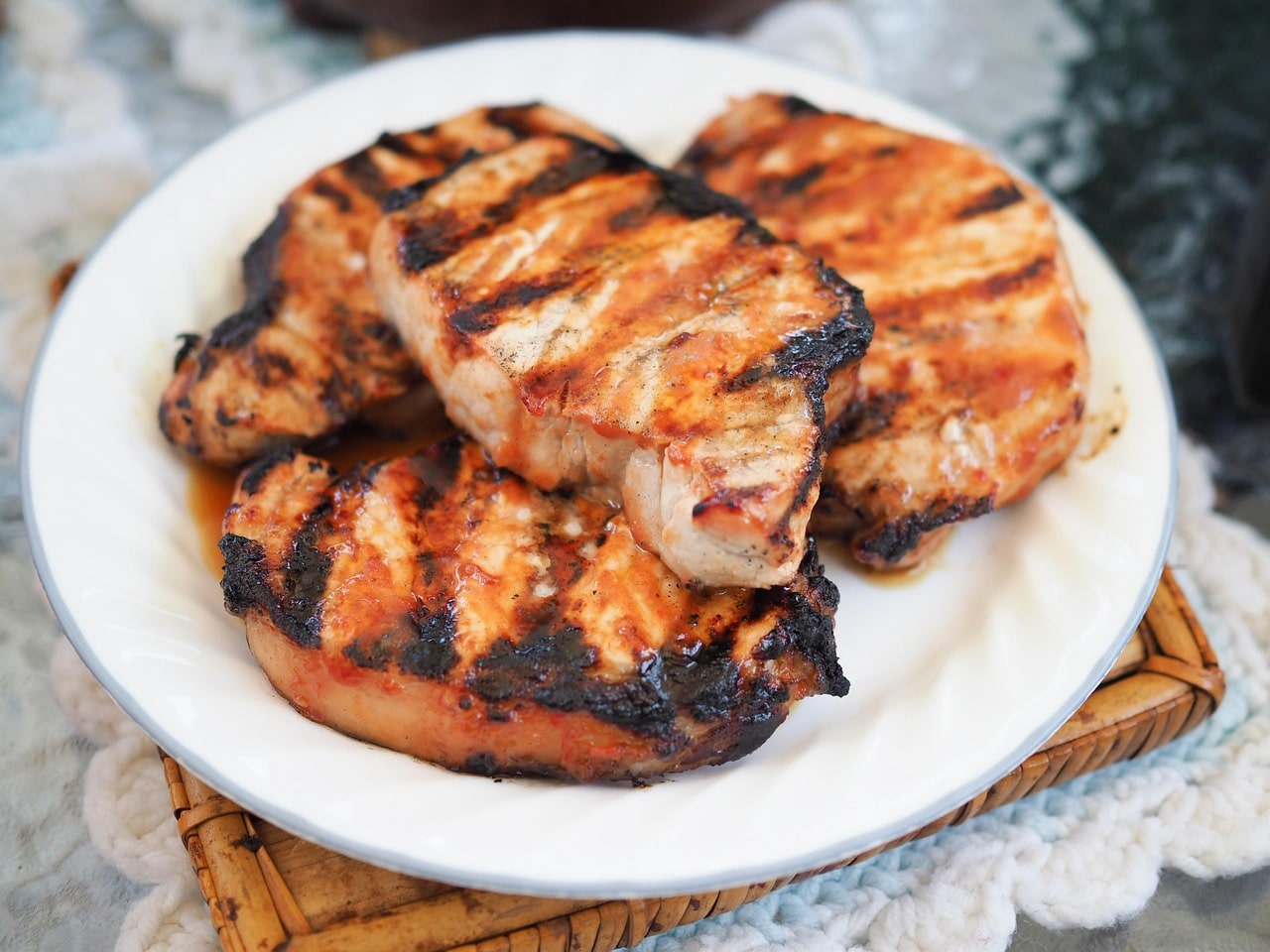
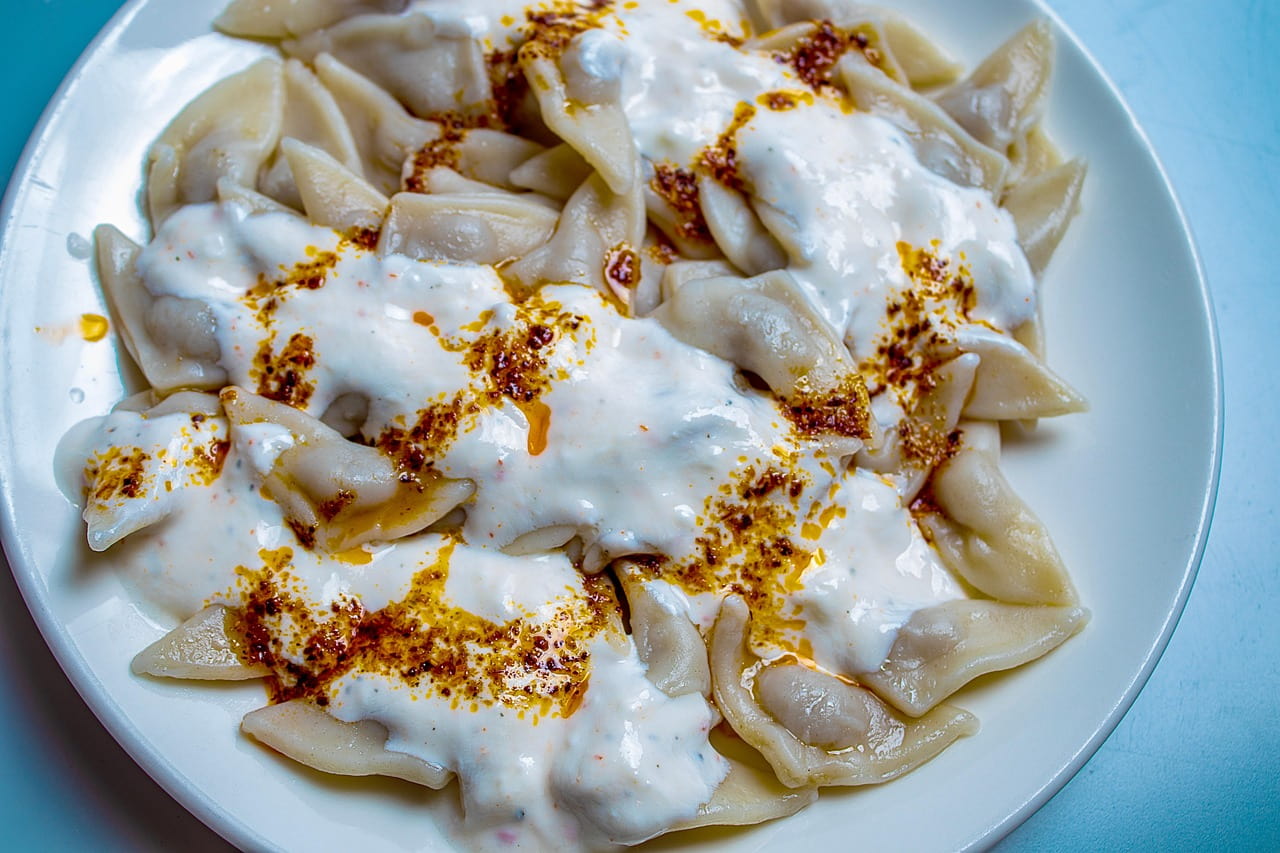
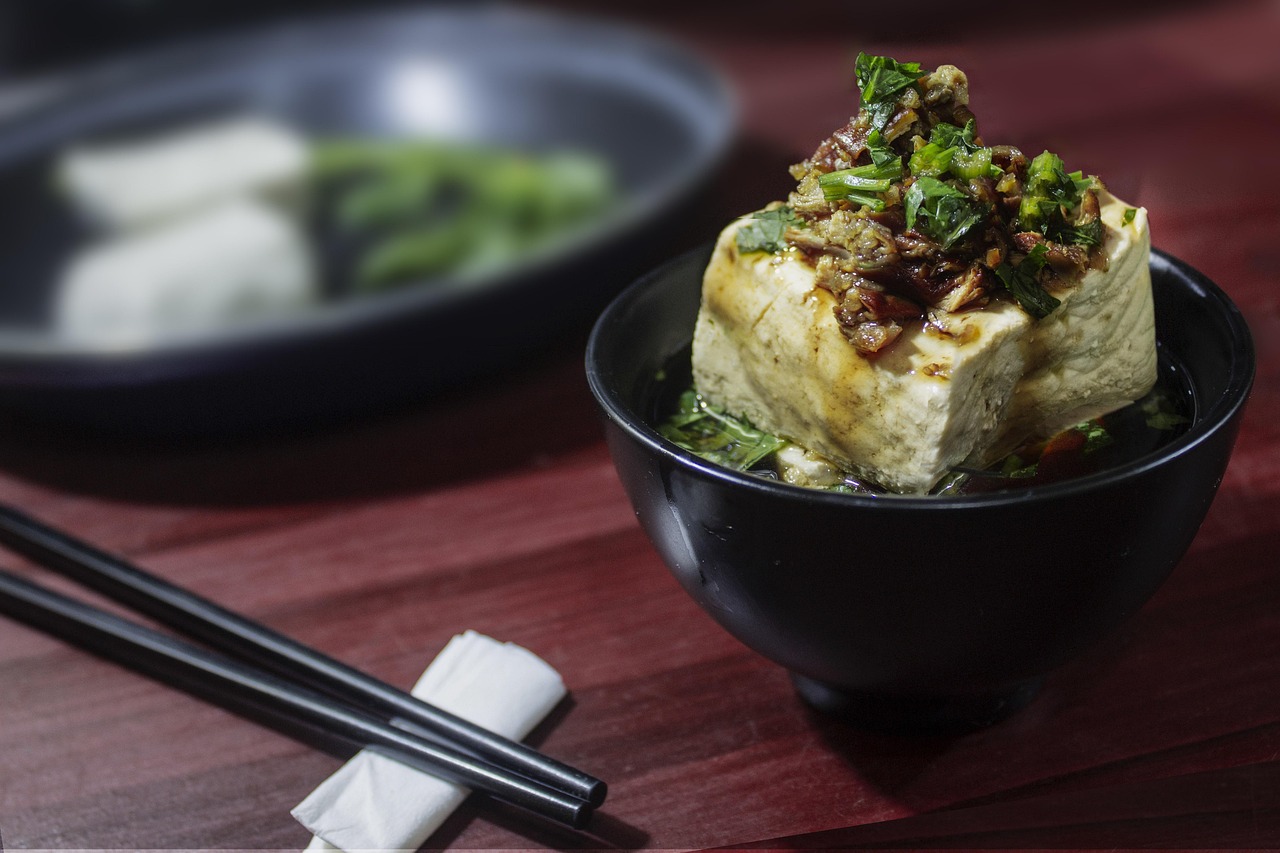

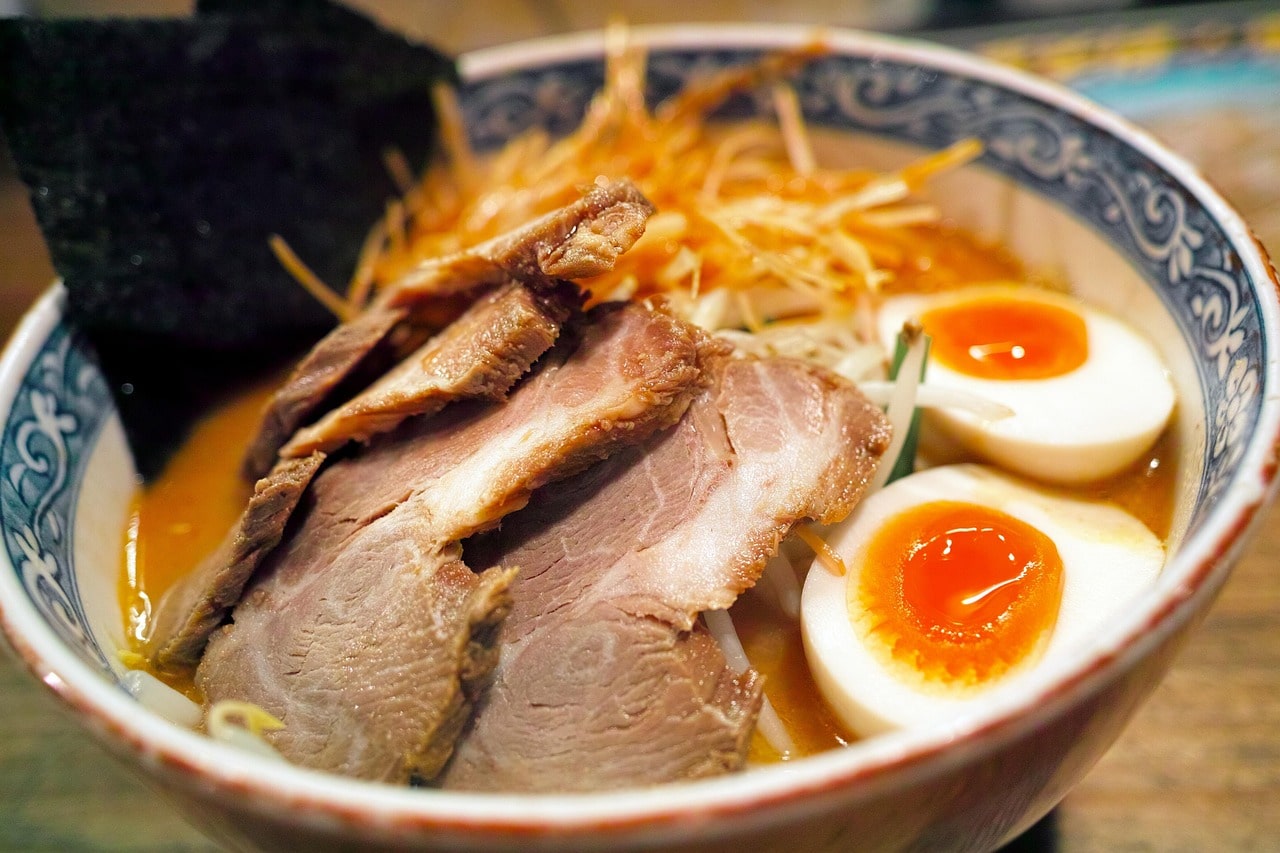
Leave a Comment